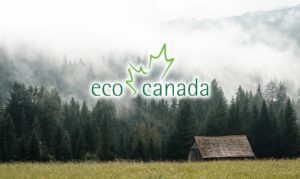 Recently, the government of Ontario passed Bill 172, the Climate Change Mitigation and Low-Carbon Economy Act.
Recently, the government of Ontario passed Bill 172, the Climate Change Mitigation and Low-Carbon Economy Act.We talked with our VP-Advisory & Training, Dr. Yogendra Chaudhry to discuss the key features of this Act and how it affects the industry.
Q. What is the Climate Trade Mitigation and Low-Carbon Economy Act?
It is a significant piece of legislation brought out by Ontario government to tackle climate change. The Ontario Legislature passed Bill 172, the Climate Change Mitigation and Low-Carbon Economy Act, 2016, on May 18. Through this Act the government will invest the proceeds from its cap-and-trade program in a transparent manner into projects and activities that help reduce greenhouse gas pollution. It will come into effect July 1, 2016.
Also, on May 19, the Ontario Government finalized two new regulations under the Act: The Cap-and-Trade Program Regulations (Cap-and-Trade Regulations), which will take effect on July 1, 2016, and The Quantification, Reporting and Verification of Greenhouse Gas Emissions Regulations (Emissions Regulations), which will take effect on January 1, 2017.

Q. What are some of its key features?
- It sets targets for greenhouse gas reduction for the province: 15 per cent below 1990 levels by the end of 2020, 37 per cent by the end of 2030 and 80 per cent by the end of 2050
- It mandates the Ministry of Environment and Climate Change to develop detailed climate change action plans. The Minister is required to present the action plan by January 1, 2017, before the Assembly and make it available to the public.
- Specific to the first nations role the Act states, “If a First Nation or Métis community offers its traditional ecological knowledge to the Minister, the Minister shall take into consideration the role of traditional ecological knowledge with respect to the action plan.”
- It chalks out a framework for the cap-and-trade program to constrain and decrease release of greenhouse gases by major emitters in Ontario.
- The province now has the authority to auction carbon allowance. This will be coordinated through Western Climate Initiative with its first auction, taking place in March 2017.
- It requires the minister to give and annual public report instead of the earlier proposed five-year report.
Q. What does cap-and-trade regulation state?
It states that a facility can only emit as much carbon as it is allowed. One allowance is equal to one ton of carbon dioxide. The first compliance period will be from January 1, 2017 until December 31, 2020. The cap is also provided in the regulations for the years 2017–2020 and will progressively decline each year. The province has set the economy-wide cap at 142 megatonnes per year in the first year of the program and will decline to 125 megatonnes per year by 2020.
Q. What more is expected with respect to this legislation?
The Ministry will propose two more regulations later in 2016 under this Act on:
- Administrative monetary penalties, describing what particular types of contraventions attract which amounts of administrative monetary penalties.
- First Nations impact mitigation, exempting certain fuels delivered to reserves for use by First Nations from the cap-and-trade program.



